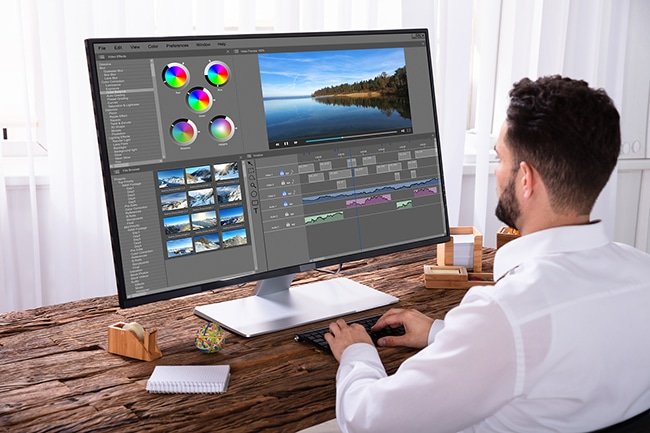
4 Factors that Influence an Estimated response rate for your Survey – Use a Sample Size Calculator
When you are looking to get vital information through the use of a sample survey, you want to be sure that you are getting enough responses and fielding enough information to make sure that you can feel confident in the deductions and the decisions that you make based on the responses to your survey.
One of the best ways to feel confident that the answers that you get to the survey represent the opinions of the majority of your target demographics is to get as many responses back as possible.
But that is – of course – a whole lot easier said than done. In fact, one of the primary issues that people who are conducting surveys run into is that they simply lack the volume of responses that they need to feel confident that the responses they did receive back represent anything close to the majority’s point of view. Learn more about using a sample size calculator.
So, what are some factors that play a role? Keep reading to find out.
Use a sample size calculator
The first factor that you will want to consider – and one of the very first things that you will want to use when conducting a survey – is to use a sample size calculator. This will help you determine how many people you need to receive responses from to get results that reflect the target demographics that you are looking to glean more information on. This is a crucial factor to be aware of as it will help you determine if you’ve got the information you need or if you need more responses to effectively make a change.
Your relationship with survey respondents
A major factor that will play a role in the success rate and response rate of your survey is the relationship that you have with the survey takers. Are they your employees? Your customers? People you have never had interactions with at all? Obviously, the more comfortable they feel with you the more likely they are going to respond, so keeping that in mind is a must for you and your team.
Survey length and complexity
The simple truth is that the longer and more complex a survey is, the less likely it becomes that you will be able to hit your mark in terms of how many responses you want. For that reason, keep it simple, make the questions close-ended, and try to make it easily completable within 5-10 minutes. Anything past that will greatly reduce your response rate.
Incentives
One final factor that you should keep in mind is the possible incentives that you can include incentives to encourage response. Whether it is a free gift, a discounted item, or some kind of other incentive, making the people that you want to take the survey feel valued and feel that their involvement is worth their time will go a long way in making sure that you hit those marks and get the kind of response rate that you need with your survey.





